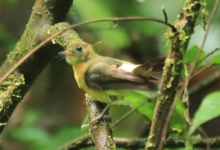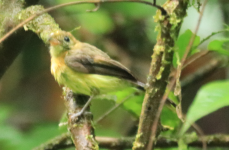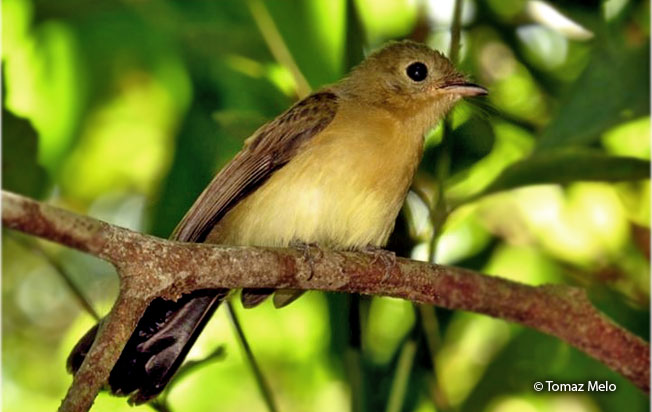I am not sure about the identification of this Myiobius-flycatcher, photographed near Esquinas Rainforest Lodge in Southern Costa Rica. Sulphur-rumped Flycatcher or Black-tailed Flycatcher? Sorry about the bad quality of the pictures. Thank you in advance for your help. Michael
-
Welcome to BirdForum, the internet's largest birding community with thousands of members from all over the world. The forums are dedicated to wild birds, birding, binoculars and equipment and all that goes with it.
Please register for an account to take part in the discussions in the forum, post your pictures in the gallery and more.
Myiobius Flycatcher from Costa Rica (1 Viewer)
- Thread starter MiWi
- Start date








